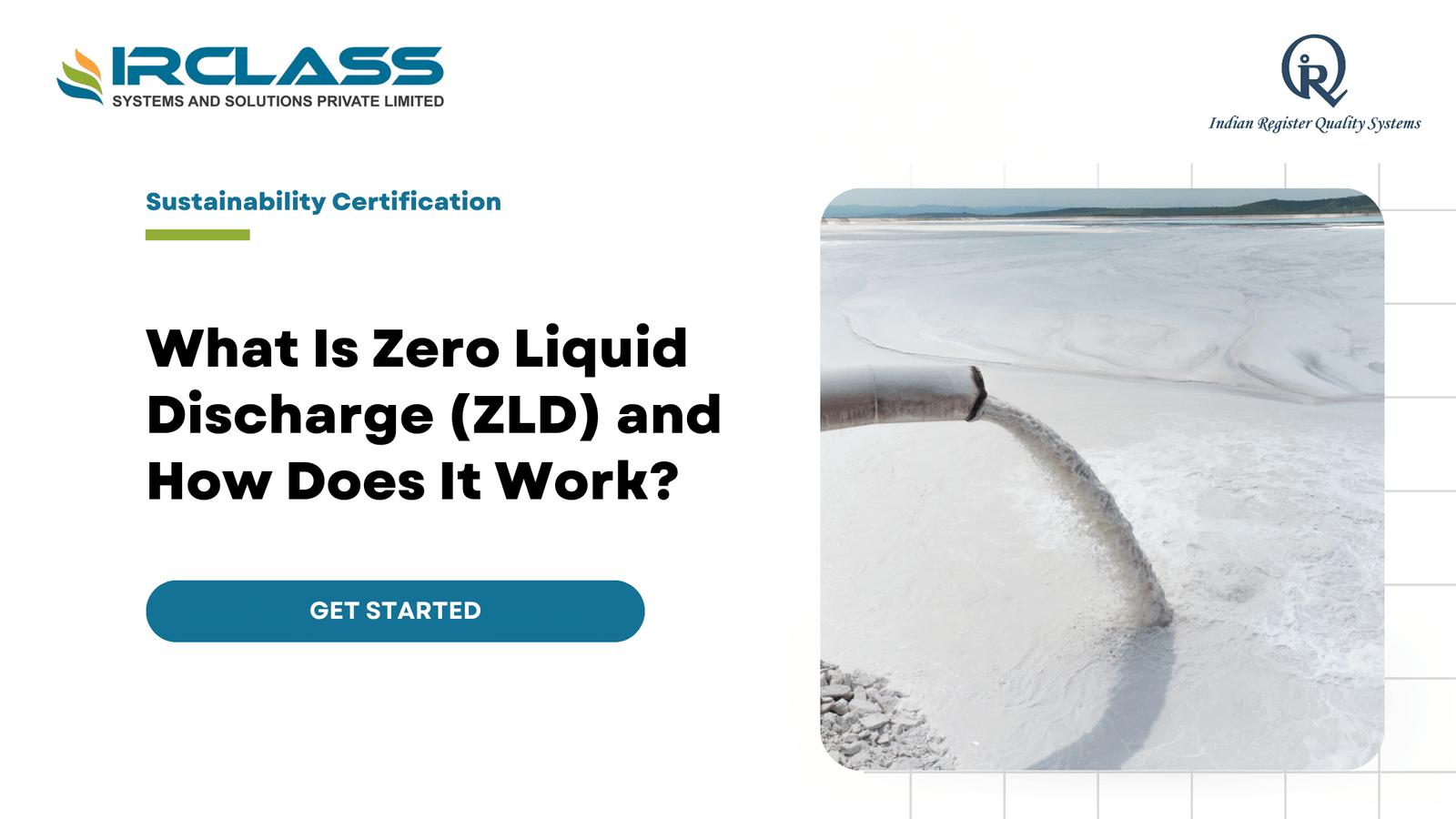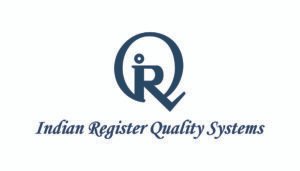Category: Zero Waste to Landfill Certification
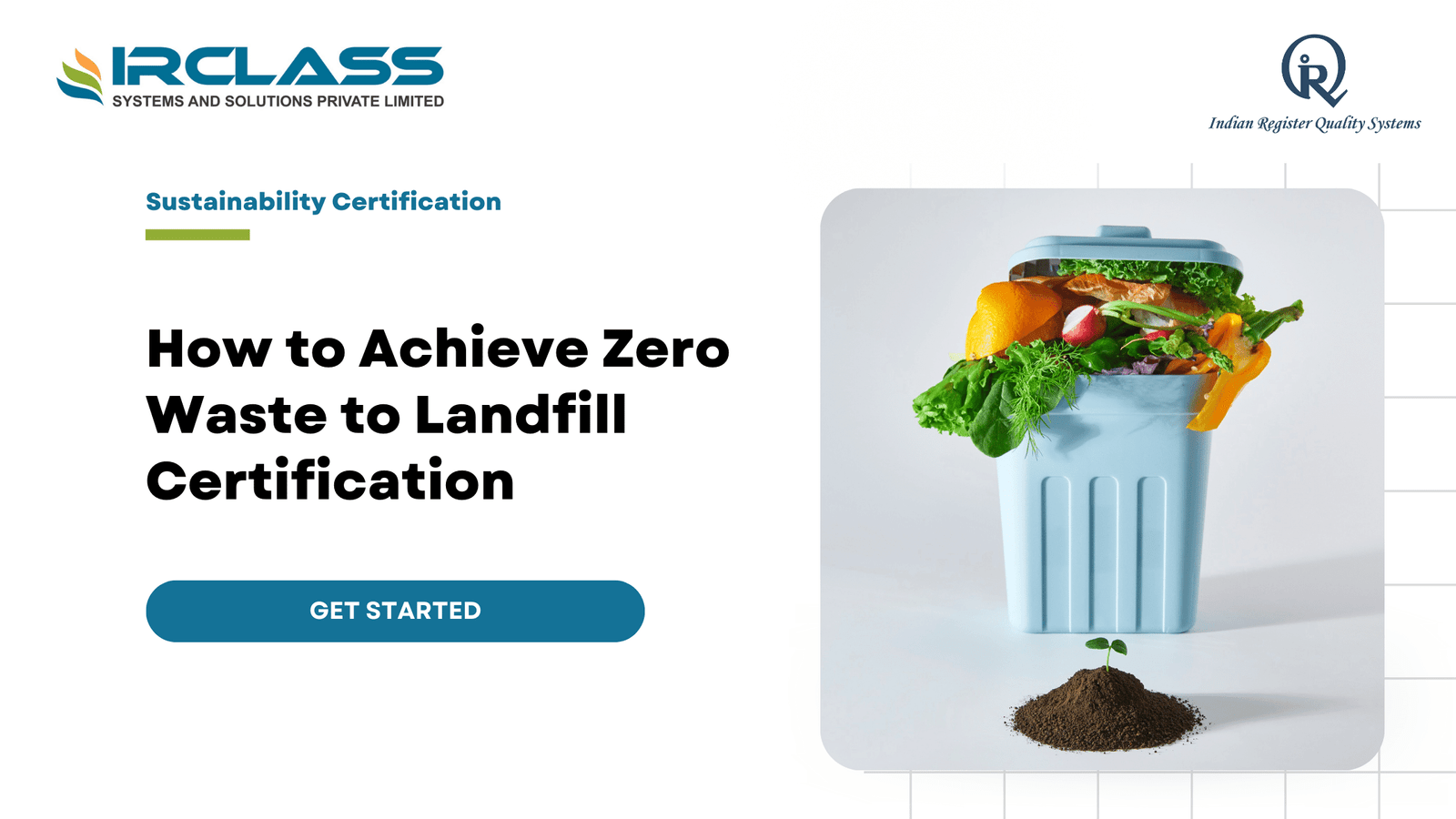
How to Achieve Zero Waste to Landfill Certification: Step-by-Step Guide
Zero Waste to Landfill means that your company sends little to no waste to landfill. Instead, the waste is reused, recycled or recovered. The goal is not just to manage waste but to remove it from landfill entirely. Many companies aim for this because it reduces cost along with environmental impact and builds stronger trust with customers. Why companies work toward this certification Most businesses create waste through production along with packaging and daily operations. A large part of this waste goes to landfill unless there is a better plan in place. Zero Waste to Landfill Certification helps your company prove that it has taken steps to divert waste. This kind of recognition helps support environmental goals and meet supply chain demands. Where the process starts The first step is to run a waste audit. This means checking where waste is coming from across your operations. You need to list the types of waste along with where they go and how much is produced. This includes regular waste along with hazardous and non-hazardous materials. The goal is to understand how waste flows through the business so you can make clear changes. How to prepare your waste data Once the audit is done you will need to organize your data by waste type along with destination and volume. You must separate waste that is recycled from waste that is incinerated or landfilled. Some waste may go to recovery processes such as composting or energy conversion. This data must be kept accurate and traceable. Certification bodies will review this data as part of the process. What counts toward Zero Waste to Landfill To meet the standard your business must divert at least 99 percent of its waste away from landfill. This includes reuse along with recycling and energy recovery. Waste that is landfilled must be under one percent. If you send waste to an incinerator without recovery then it does not count toward diversion. You must show proof for every category through vendor records or processing reports. Why waste segregation is essential Segregating waste makes it easier to track and manage. If waste is mixed together you lose the ability to sort it for recovery. Most companies set up separate bins along with clear labels to help staff sort waste correctly. Training is often needed to help teams follow the new system. This step improves the quality of recyclables and reduces the amount that ends up in landfill. How to engage with waste vendors You will need support from external waste vendors to meet your goal. That includes recyclers along with recovery service providers and composting facilities. Make sure your vendors provide valid documentation for all waste they handle. The records must show how much was received and where it was sent. If any vendor sends waste to landfill it may impact your status and delay your certification. How to handle hard-to-recycle materials Some materials do not have clear recycling options. These may include mixed plastics along with industrial sludges and certain types of packaging. You can look for recovery options such as energy-from-waste or explore alternatives to replace these materials in your process. Some companies partner with research groups or suppliers to reduce the use of these difficult materials over time. What records to maintain during the process You will need to collect detailed records for every type of waste and every waste movement. These records must match the totals from your audit. That includes transport receipts along with processing reports and diversion confirmations. The records must cover at least twelve months unless the certifying body allows a shorter review window. Keep everything well organized and ready for inspection. How to train your staff The shift to Zero Waste to Landfill needs support from your entire team. Staff must understand how to sort waste correctly along with how to reduce waste at the source. Clear instructions should be posted in all work areas. Some companies run short training sessions or assign waste champions in each department. This helps reduce errors and improve reporting quality. How certification bodies review your data A certification agency will visit your facility and will review your audit findings and your waste tracking records. They are able to inspect bins and collection points and communicate with employees. This is to make sure that the data you reported is in accordance with real results. Where there may be gaps in the records or any documentation that you may be called upon to produce, then before certification is granted you may be called upon to make corrections. How to keep improving after certification Achieving Zero Waste to Landfill is a good goal but it does not imply that the job is done. Most companies seek how to go a notch higher by minimizing the overall waste or minimizing the cost associated with recovery. This may involve seeking superior packaging or re-using by-products of one process in another region. Continuous enhancement keeps the teams active and contributes to long-term value. Why internal ownership matters A program like this needs ownership across all levels of the business. Waste management is not only an issue for facilities teams. Product designers along with suppliers and operations leads all play a role. When each team takes responsibility for its part of the waste stream the overall result is stronger and more stable. What to expect during re-certification Every year your waste records will be reviewed again. This process is shorter than the first time but still requires full documentation. If you increase production or change suppliers your diversion rate may be affected. You must show that changes were managed and that your diversion rate is still above the required level. Missing documentation or weak practices can put the certification at risk. What to do if you fall short If your diversion rate drops below the required threshold you may be asked to submit a plan to correct the issue. Some certifiers may pause your certification until the problem is resolved. Most problems are
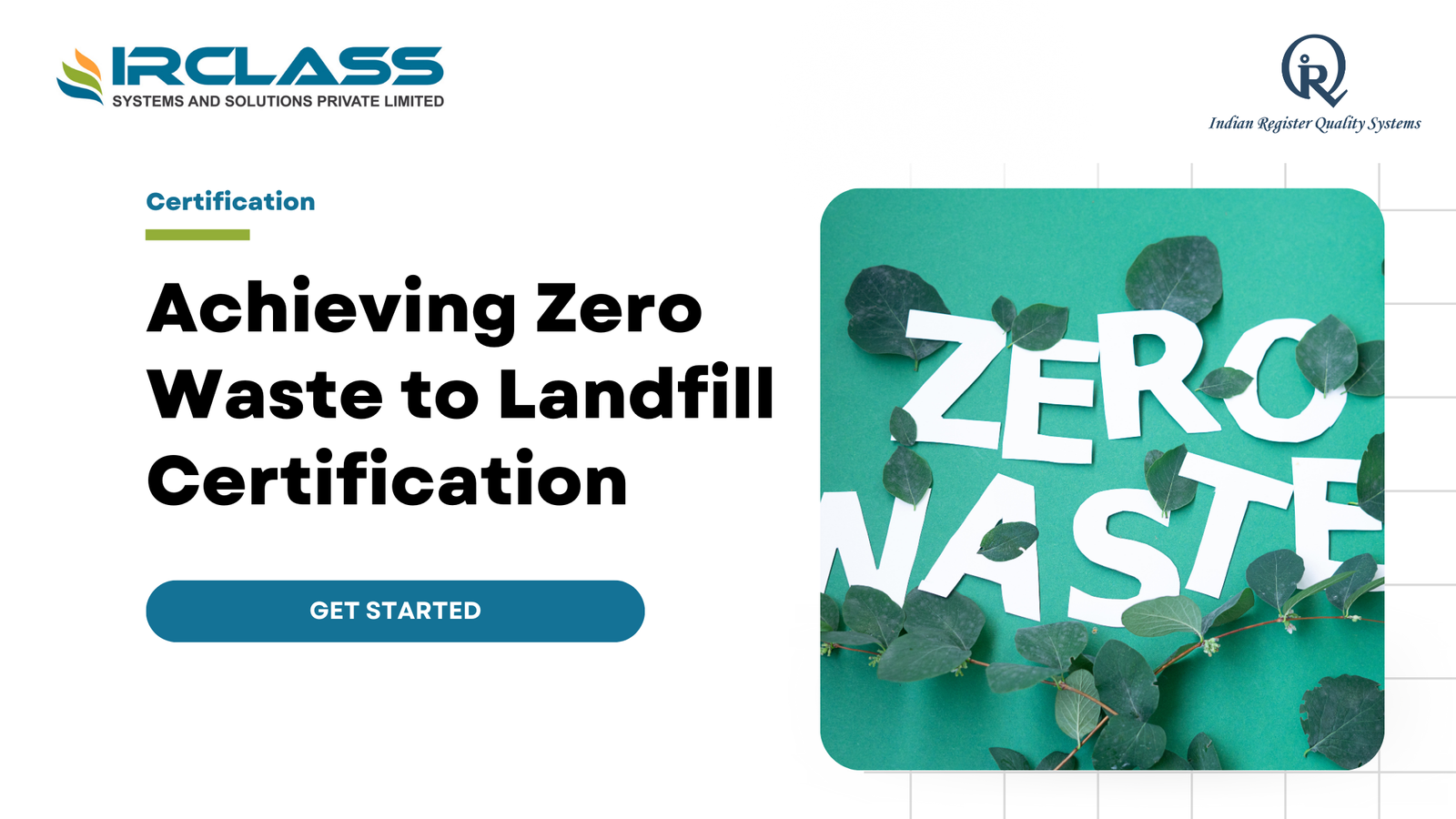
Achieving Zero Waste to Landfill Certification: A Guide for Businesses
Nowadays, companies everywhere are focusing on sustainability. It goes without saying that, in response to the mounting demand for solutions pertaining to climate change and environmental impact issues, businesses are currently desperately attempting to discover any way to reduce their carbon footprint. An alternate route is to pursue Zero Waste to Landfill (ZWTL) accreditation. Not only is ZWTL certification good for the environment in today’s fiercely competitive business world, but it also positively impacts a company’s reputation by boosting employee morale and customer loyalty. In this article we will discuss what does a certification entail and how can businesses achieve it? What is Zero Waste to Landfill Certification for? Companies that have diverted a sizable part of their garbage are recognized with the Zero garbage to Landfill Certification. This accreditation, which is seen as a strategic approach to waste management, emphasizes reuse, reduction, and prevention over recycling. To make sure a business is managing its trash properly, third-party organizations frequently conduct stringent certification processes, some of which are highly demanding. When a business achieves “Zero Waste to Landfill,” it means that their waste management strategy has evolved into a long-term, sustainable solution, significantly lowering their environmental impact. What are the Steps For Achieving this Certification? To achieve Zero Waste to Landfill certification, you’ll need dedication, planning and a structured approach. Here are the key steps businesses can follow: This is the first step and it involves determining the kinds of garbage your business produces and the amount of that waste that is currently dumped in landfills. After completing the waste audit, set specific, quantifiable goals for reducing waste. It might specify both immediate and long-term objectives for getting rid of landfill garbage. These goals should be in line with the overall sustainability objectives and communicated to all departments in order to garner support from the entire business. Install adequate methods for segregating garbage within your buildings. This involves setting up distinct bins for general waste, compost, and recycling. It’s critical that staff members receive enough training on waste sorting techniques and that notices be prominently displayed. These professionals collaborate with approved businesses that compost and recycle garbage. They will assist in ensuring that your waste is directed appropriately and stays out of landfills. Your waste reduction efforts will not be successful unless you do routine tracking and monitoring. Tools with data analytics and reporting that quantify the amount of waste diverted from landfills are available for usage. It takes a team to accomplish Zero Waste to Landfill. Establish a sustainable culture within your organization and provide your staff rewards for reducing waste. You can seek to become certified as Zero trash to Landfill as soon as you reach a considerable level of trash diversion. Your waste management practices will be evaluated and verified against the required standards by the certification body, followed by an audit that will verify that you comply. Benefits of Zero Waste to Landfill for Businesses There are many advantages to obtaining Zero Waste to Landfill accreditation beyond environmental sustainability. Among these benefits are: Reducing waste can significantly lower disposal costs. Reusing and recycling materials can cut down on the need to buy new resources, as opposed to sending waste to landfills, which frequently come with expensive costs. Consumers are becoming more eco-conscious and prefer to support businesses that prioritize sustainability. Being a certified Zero Waste to Landfill company can improve your brand image and attract environmentally conscious customers. Businesses can improve their operational efficiency by analyzing their waste streams and getting rid of extraneous stuff. As a result, inefficient activities are reduced and resources are employed more wisely, improving efficiency. Stricter laws governing environmental activities and waste management are being implemented by numerous governments. Achieving certification ensures that your business stays ahead of any regulatory changes and complies with current laws. Case Studies of Certified Companies Several companies have led the way by obtaining Zero Waste to Landfill certification — proving that when vision and strategy meet, amazing things can happen. Unilever, for example, implemented waste reduction programmes at all it’s manufacturing sites, with over 98% of its waste being diverted from landfill. By partnering with local recyclers and with constant employee engagement, the company was able to certify and cut down waste by a huge amount. Conclusion Being Zero Waste to Landfill is more than simply a certificate of achievement—it is a commitment to sustainability and waste reduction. Businesses can lessen their influence on the environment, save money, and enhance their reputation by implementing these measures. The accreditation process is a fulfilling one that involves employee involvement, expert partnerships, and comprehensive trash audits. IRQS provides expert services for businesses who want to get a handle on this process. By working with IRQS you can get the support to get to Zero Waste to Landfill status and help make the world a greener and more sustainable place.
Search
Useful Links
Recent Posts
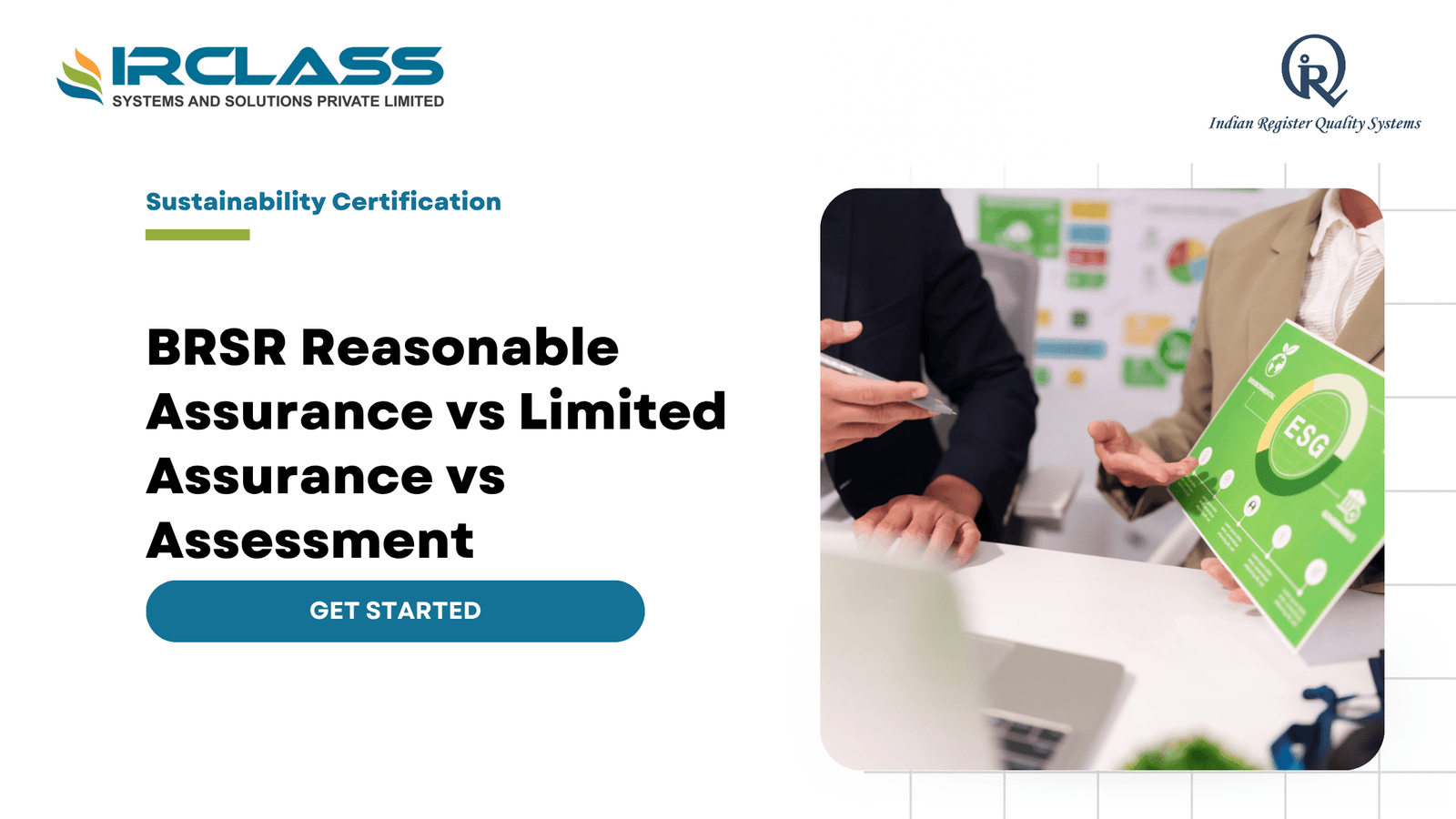
BRSR Reasonable Assurance vs Limited Assurance vs Assessment
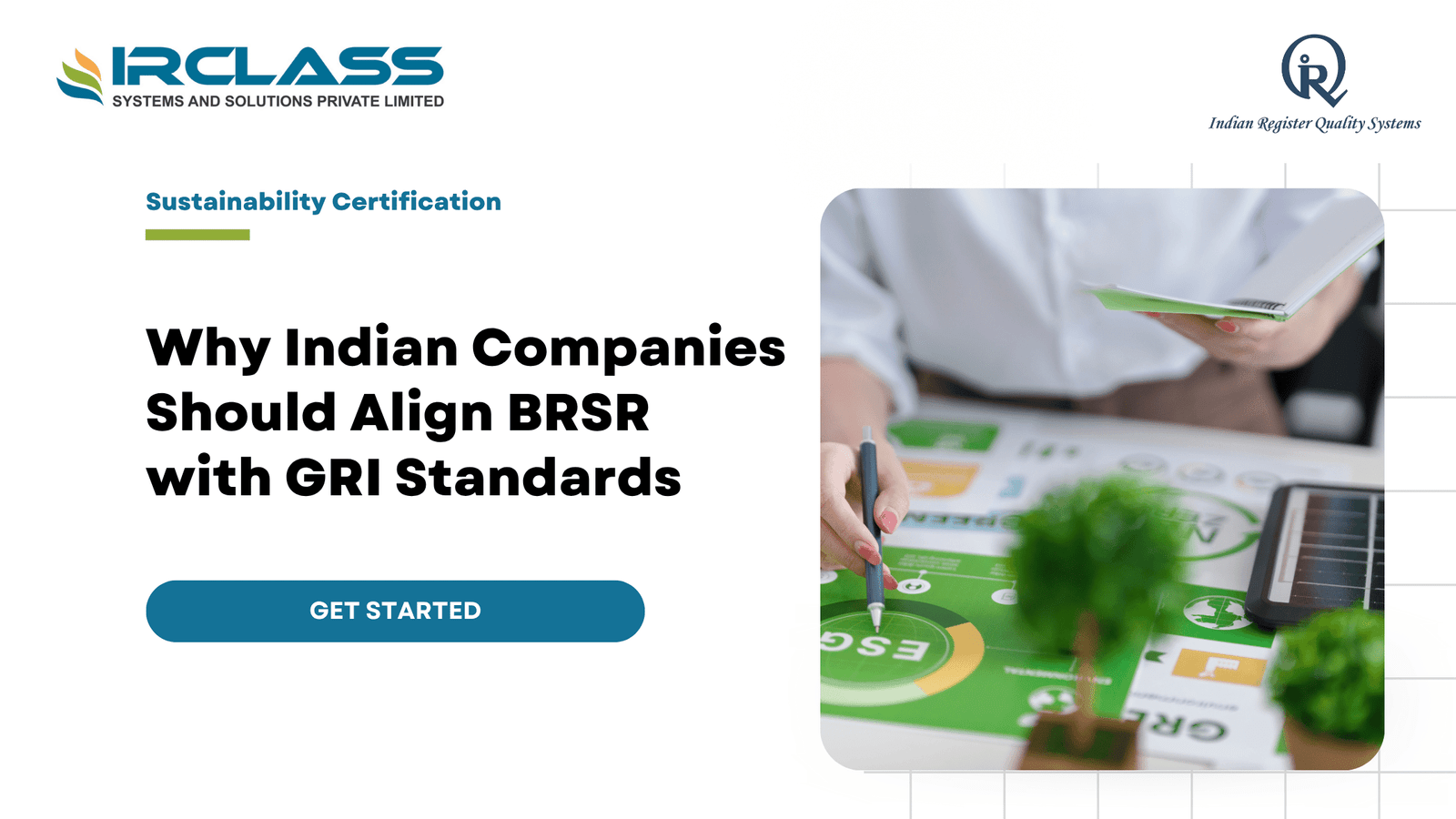
GRI Reporting and SEBI’s BRSR: Building Credible ESG Reports for Indian Companies
